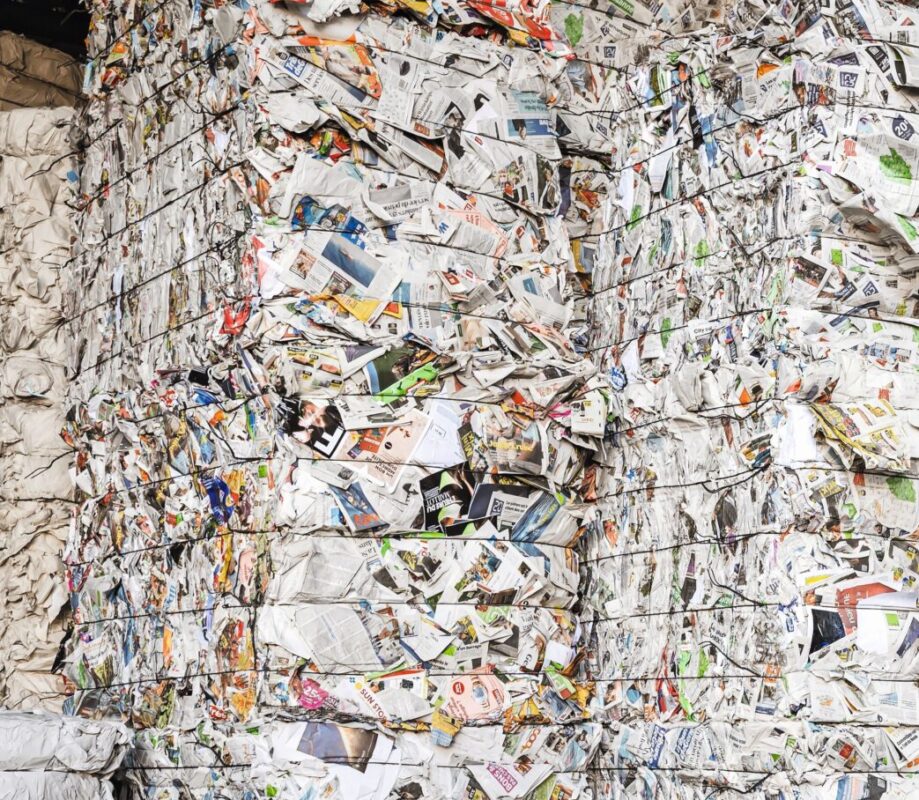Eco bluff for carrier bags
Retailers are increasingly offering paper carrier bags. In everyday use, such bags often prove to be impractical and short-lived. They are supposed to make up for their disadvantages in terms of utility value by using resources sparingly. But in fact, the paper bag is an ecological problem.

(Source: ©Composing yes or no/ Media_Aasirov CanStockPhotos)
Many retailers now only offer paper or canvas carrier bags. Plastic bags cost money or are abolished immediately. Yet the practical disadvantages of the paper bag are hard to overlook. Their load-bearing capacity is comparatively low - they tear easily when loaded with a few bottles or cans. Placed on the wet road, the ground softens in a short time. It is difficult to fold for a jacket pocket because of its thickness and lack of pliability. Many people would put up with all this if the paper bag were good for the environment.
Which material is better now?
However, this is by no means the case. On the contrary, paper production requires a great deal of material and energy. During production, shredded wood is converted into pulp in cooking liquor. The material is then treated with water and bleaching agents in several steps, dried, pressed and, depending on the type of paper, further refined. According to the Federal Environment Agency, one ton of paper requires the same amount of energy to produce as one ton of steel.
The Swiss Materials Testing Institute EMPA in St. Gallen determined the environmental impact of the various types of carrier bags. In the life cycle assessment, the paper bag came out second worst. A typical plastic bag made of at least 80 % of recycled material was used for comparison. As a result, a paper bag would have to be used 7.4 times as often as a plastic bag to compensate for its higher resource consumption. Whether it will last that long seems doubtful. Only the cotton bag fared worse in the study published in 2014. It would have to be used 82.4 times as often as a plastic bag to recoup its high production costs.
The comparison shows: In the case of the paper bag, the image is better than the reality. The practical disadvantages for consumers are not offset by any benefit for the environment.









